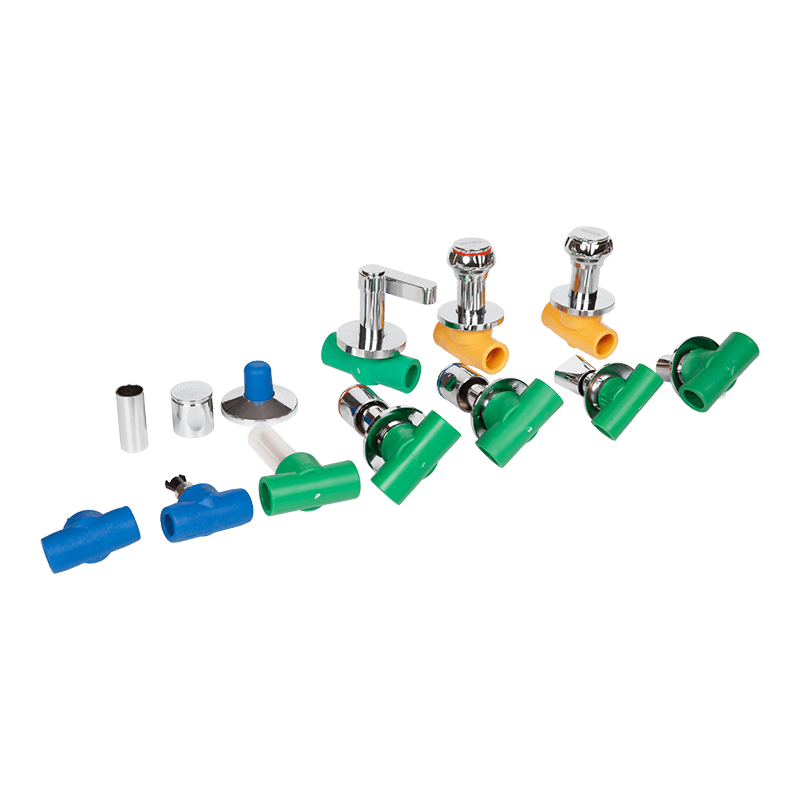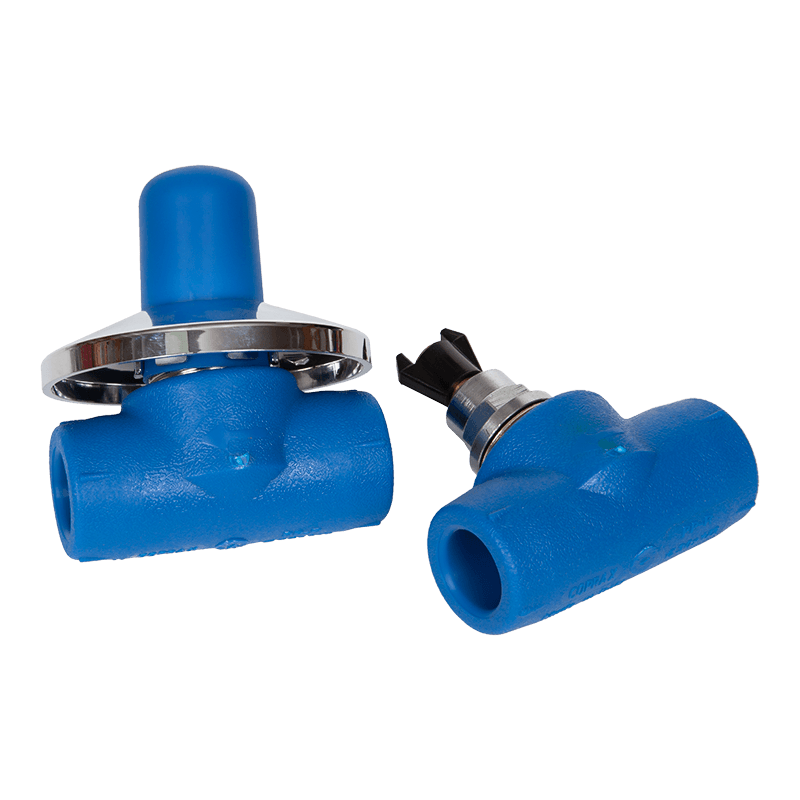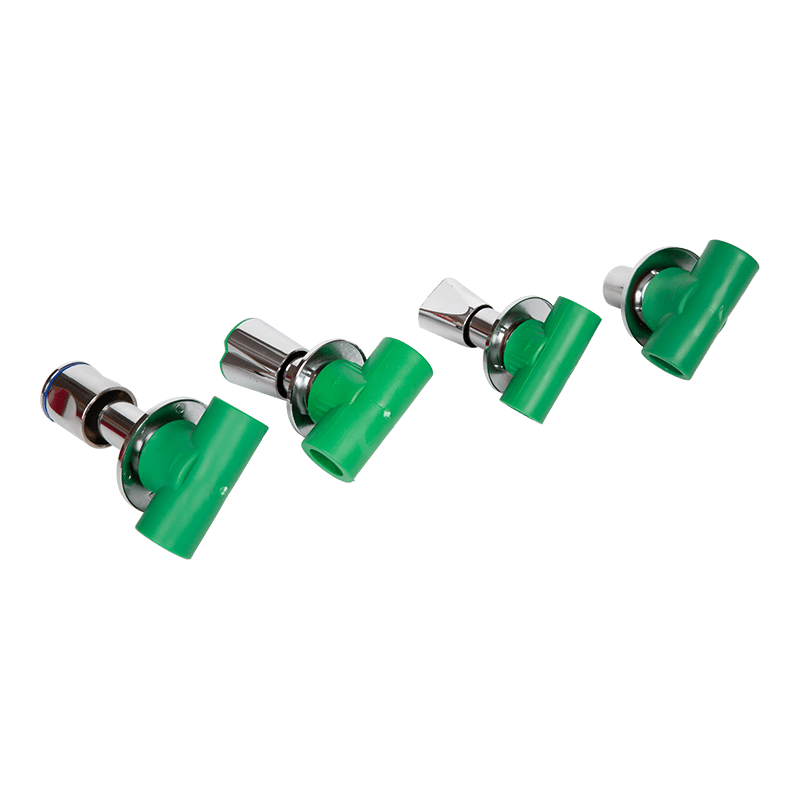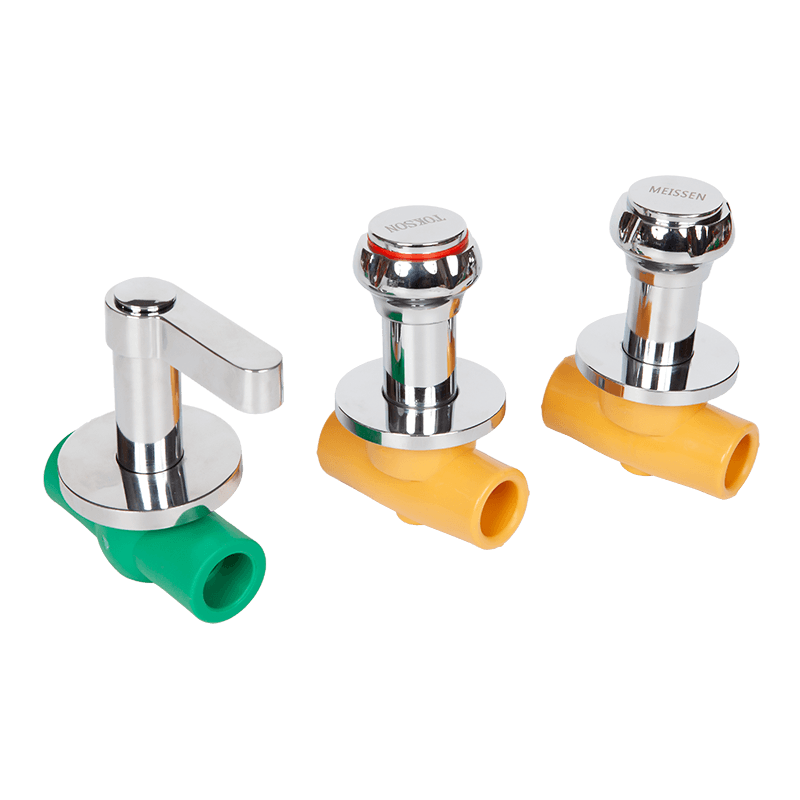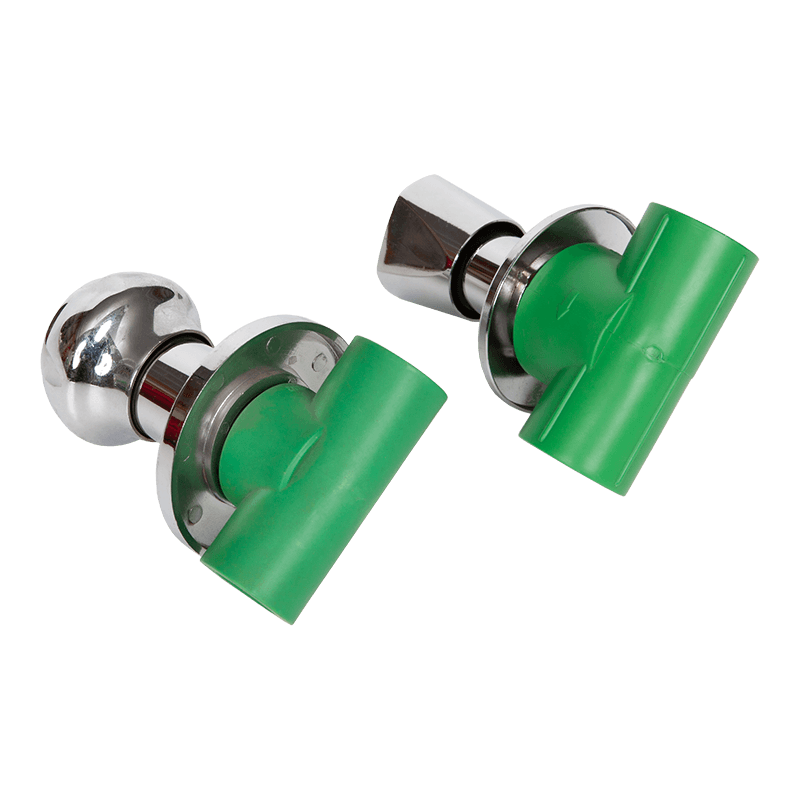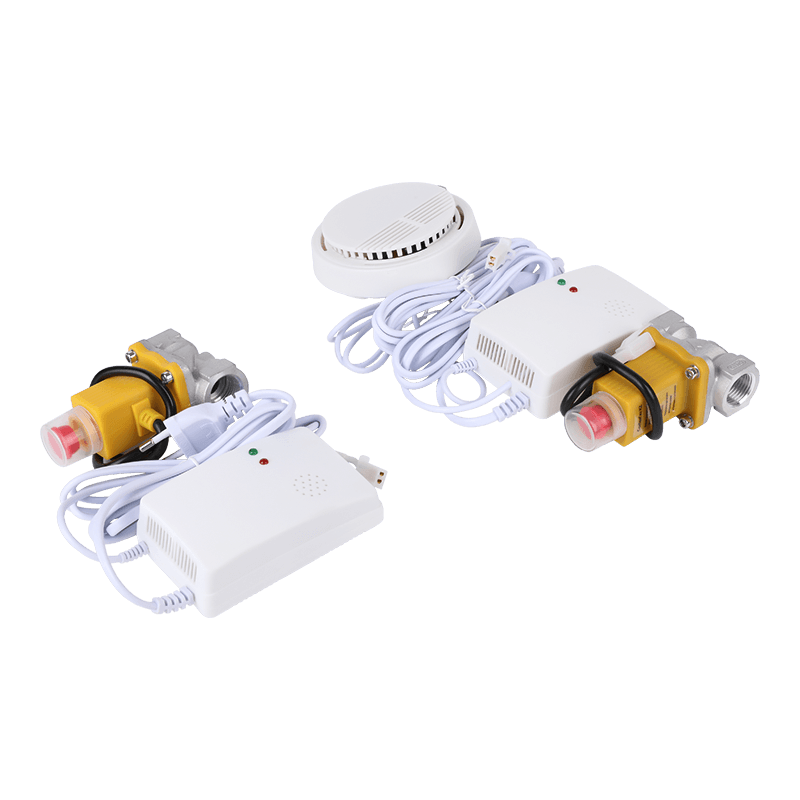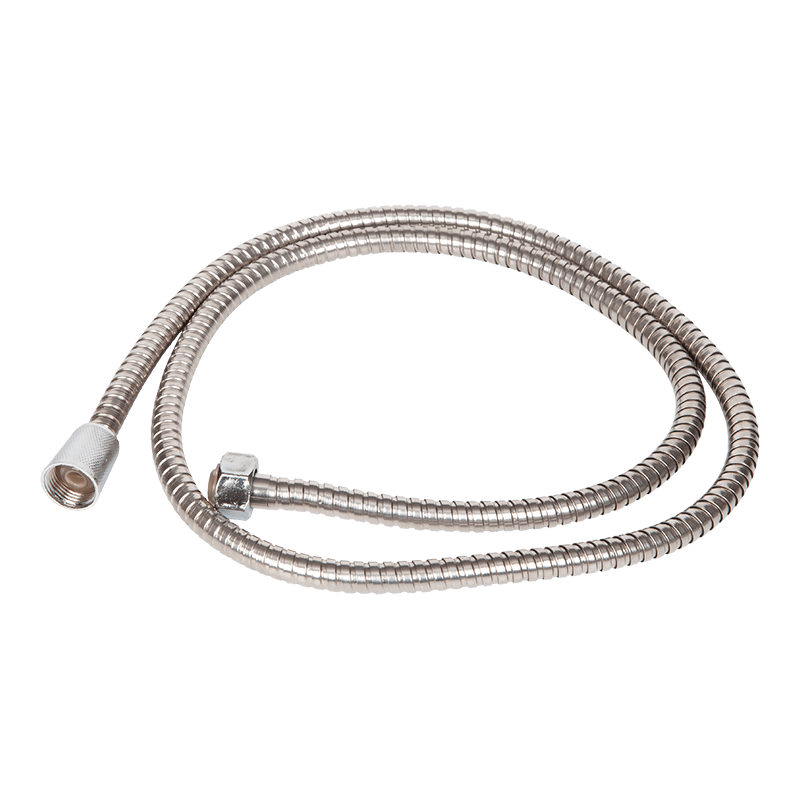Basic introduction of PPR water pipe
PPR water pipe, full name is polypropylene random copolymer water pipe, is a common plastic pipe material, widely used in the water supply and drainage system of buildings. Compared with traditional metal pipes, PPR water pipes have many unique advantages, which gradually replace other materials in various water pipe systems. The reason for choosing PPR water pipes is not only because of its cost-effectiveness, but also because of its advantages in durability, construction convenience and environmental protection.
Strong corrosion resistance
One of the biggest advantages of PPR water pipes is its excellent corrosion resistance. Traditional metal pipes, such as copper pipes and galvanized pipes, often corrode due to minerals and acid-base substances in water, resulting in water pollution and pipe damage. In contrast, PPR water pipes have strong chemical stability and can resist the erosion of various chemical components in water, and are not easily damaged even in humid or chemical environments.
Corrosion problem of metal pipes: Metal pipes usually need to be replaced or maintained regularly, while PPR water pipes are almost unaffected by this.
Application areas: This makes PPR water pipes very suitable for drinking water pipe systems, avoiding the problem of water quality damage.
High and low temperature resistance
PPR water pipes can withstand a wide temperature range and can generally work stably in a temperature range between 0℃ and 95℃. This makes it very suitable for hot and cold water pipe systems, especially in hot water supply systems. Compared with metal pipes, PPR water pipes are not easily affected by temperature changes, nor are they prone to thermal expansion or contraction.
Hot water system: PPR water pipes can maintain their strength and structural stability under long-term high temperatures.
Low temperature adaptability: In cold environments, PPR water pipes are not prone to freezing and cracking, and are particularly suitable for use in low temperature areas.
Easy installation and high construction efficiency
PPR water pipes are very easy to install, usually using hot melt connection technology, that is, by heating the joints of pipes and fittings, and then combining the two together. The installation process does not require the use of additional glue or sealant, which not only reduces the technical requirements for construction workers, but also shortens the construction time.
Traditional metal pipes: The connection of metal pipes usually requires welding or threaded connections, which is more complicated and requires higher technical skills of workers.
PPR pipes: The hot-melt connection method makes the installation of PPR water pipes faster and more accurate, reducing errors and waste in construction.
Longer service life
The service life of PPR water pipes can generally reach more than 50 years, which can reduce the cost of maintenance and replacement during long-term use. PPR water pipes are not only resistant to aging, but also maintain good stability in harsh working environments. This is because the molecular structure of PPR materials is very stable and is not easily affected by factors such as ultraviolet rays and oxidation.
Maintenance cost: Due to its long-term stable operation, PPR water pipes can effectively reduce the maintenance and replacement costs of the system in the long run.
Compared with other pipes: Compared with traditional metal pipes, PPR water pipes are more durable and are especially suitable for long-term water supply pipe systems.
Strong environmental protection
PPR water pipes are not only environmentally friendly, but also have less impact on the environment during production and use. PPR water pipes are non-toxic, do not contain harmful substances, and will not pollute water quality, so they are very suitable for drinking water pipe systems. In addition, PPR water pipes are also highly recyclable, and waste generated during the production process can be reused, which helps to reduce the waste of resources.
Environmentally friendly materials: PPR water pipes meet the requirements of green buildings and have certain advantages in the environmental protection standards of the construction industry.
Recycling and reuse: PPR water pipes can be reused, reducing environmental pollution.
Good seismic performance
PPR water pipes have good seismic performance, which makes them widely used in buildings in some earthquake-prone areas. Compared with metal pipes, PPR water pipes are more flexible and can adapt to ground movement or deformation of building structures, reducing the risk of pipe rupture.
Metal pipe fragility: Once metal pipes vibrate or are subjected to external forces, they are prone to cracks or breaks.
PPR water pipe toughness: PPR water pipes can remain stable under vibration or external forces and are not easily damaged.
Low thermal conductivity
PPR water pipes have low thermal conductivity, and even when used in hot water pipes, they can effectively reduce heat loss and play a certain role in heat preservation. This has a positive effect on reducing energy consumption and improving the efficiency of hot water systems. In contrast, metal pipes have strong thermal conductivity, which can easily lead to hot water loss and increase energy consumption.
Energy saving effect: PPR water pipes have good thermal insulation performance, which can maintain water temperature to a certain extent and reduce energy waste.
Comfort: In winter, PPR water pipes can effectively avoid condensation caused by low pipe surface temperature.
Cost-effectiveness
The initial purchase cost of PPR water pipes is relatively low, and due to their excellent durability and low maintenance costs, they can bring higher cost performance in the long run. The installation cost is also relatively reasonable, and does not require complex equipment or high labor costs.
Initial cost: The market price of PPR water pipes is usually lower than that of metal pipes and some high-performance plastic pipes.
Long-term benefits: Due to their low maintenance and replacement costs, PPR water pipes have higher economic benefits in the long-term use process.

 LANGUAGE
LANGUAGE  English
English русский
русский 中文简体
中文简体